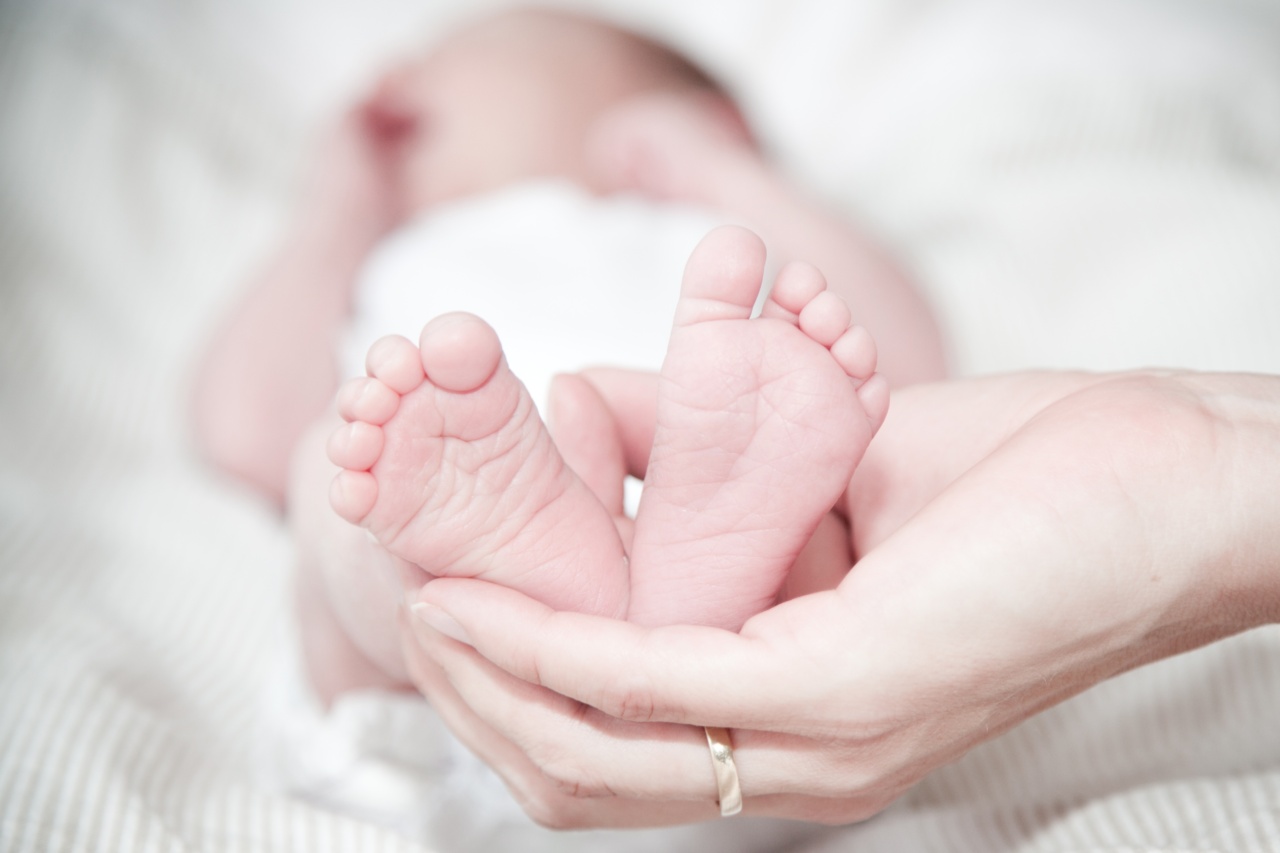Caesarean birth, also known as C-section, is a surgical procedure that involves delivering a baby through an incision in the mother’s abdomen and uterus.
While this method has been a life-saving intervention in many cases, there are several unseen effects of caesarean birth that go beyond the immediate medical benefits. In this cautionary tale, we explore some of the less-discussed consequences of this increasingly common procedure.
The Rising Trend of Caesarean Births
Over the past few decades, there has been a significant increase in the rate of caesarean births worldwide. Various factors contribute to this growing trend, including maternal request, fear of labor pain, convenience, and the perception of safety.
However, the escalating number of C-sections raises concerns about the potential long-term consequences for both mothers and babies.
Impact on Maternal Health
While caesarean births have undoubtedly saved countless lives, they are not without risks. Women who undergo a C-section are at a higher risk of experiencing complications such as infection, bleeding, blood clots, and injury to surrounding organs.
Furthermore, the recovery process after a C-section is often longer and more challenging compared to vaginal birth, leading to physical discomfort, delayed bonding with the infant, and increased postpartum depression rates.
Altered Gut Microbiome
One of the lesser-known consequences of caesarean birth is the impact on the baby’s gut microbiome, the collection of microorganisms residing in the digestive tract.
During a vaginal birth, the baby is exposed to the mother’s beneficial bacteria, which help establish a healthy gut microbiome. However, during a C-section, this crucial microbial transfer is bypassed, potentially leading to an imbalance in the newborn’s gut bacteria.
Alterations in the gut microbiome have been associated with an increased risk of allergies, obesity, and certain autoimmune diseases later in life.
Higher Risk of Respiratory Issues
Babies born via C-section are more prone to experiencing respiratory difficulties shortly after birth.
This is because during a vaginal delivery, the pressure exerted on the baby’s chest helps to eliminate excess fluid from the lungs, reducing the risk of respiratory distress. In contrast, babies delivered by C-section do not go through this natural compression process, which can contribute to breathing difficulties and sometimes necessitate immediate medical interventions.
Potential Impact on Breastfeeding
Breastfeeding is a vital aspect of early infant nutrition, providing numerous health benefits for both mothers and babies. However, studies have shown that babies born by C-section face challenges when it comes to initiating breastfeeding.
The delay in milk production, coupled with the mother’s recovery and limited mobility, can make establishing a successful breastfeeding relationship more challenging. As a result, mothers who undergo a C-section may be more likely to opt for formula feeding, which carries its own set of implications.
Psychological Effects on Mothers
The emotional experience of childbirth is an important aspect of a mother’s overall well-being. Unfortunately, the trauma and disappointment associated with an unplanned or emergency caesarean birth can have lasting psychological effects.
Feelings of loss, failure, and disconnection from their birthing experience are common among mothers who had hoped for a vaginal delivery but ended up with a C-section. Addressing these psychological repercussions is crucial to supporting maternal mental health during the postpartum period.
Increased Healthcare Costs
The rising prevalence of caesarean births also has significant financial implications. C-sections are generally more expensive than vaginal deliveries due to the surgical procedures, longer hospital stays, and increased need for medical interventions.
As the number of elective C-sections continues to rise, healthcare systems face the burden of higher costs associated with this surgical procedure. These resources could potentially be reallocated to other critical areas of maternal and neonatal care.
Long-Term Health Risks for Babies
Several studies suggest that babies born by C-section may have a higher risk of certain health conditions later in life.
Some research indicates an increased likelihood of asthma, allergies, type 1 diabetes, and obesity among individuals born via C-section. While the exact mechanisms behind these associations are still being investigated, it is essential to consider the potential long-term health implications when discussing the necessity and risks of caesarean births.
Lack of Maternal-Infant Bonding
A crucial aspect of the immediate postpartum period is the bonding between mother and baby. Unfortunately, C-sections often interfere with this initial bonding experience.
Mothers who undergo surgery may have limited skin-to-skin contact with their infants immediately after birth, which can affect the establishment of an emotional connection and the initiation of breastfeeding. Encouraging practices that promote early bonding and breastfeeding support for mothers who have had C-sections is vital for the overall well-being of both mother and baby.
Education and Empowerment
Understanding the potential unseen effects of caesarean births is the first step toward informed decision-making. Pregnant individuals and medical professionals alike must be educated about the risks and benefits of both vaginal and surgical deliveries.
By empowering women with knowledge and support, we can collectively work towards reducing the rate of unnecessary caesarean births and ensuring that every birthing experience prioritizes the well-being of both mother and baby.
Conclusion
Cautionary tales often remind us to look beyond the surface and consider the unseen consequences of our actions. In the case of caesarean births, there are various effects that go beyond the immediate medical benefits.
From potential alterations in gut microbiomes and increased respiratory difficulties for babies to psychological impacts on mothers and increased healthcare costs, the rising trend of C-sections warrants further examination. By addressing these issues, we can strive towards a more holistic approach to childbirth, prioritizing the well-being of both mothers and babies.





























